I am trying to use scipy to numerically solve the following differential equation
x''+x=\sum_{k=1}^{20}\delta(t-k\pi), y(0)=y'(0)=0.
Here is the code
from scipy.integrate import odeint
import numpy as np
import matplotlib.pyplot as plt
from sympy import DiracDelta
def f(t):
sum = 0
for i in range(20):
sum = sum + 1.0*DiracDelta(t-(i+1)*np.pi)
return sum
def ode(X, t):
x = X[0]
y = X[1]
dxdt = y
dydt = -x + f(t)
return [dxdt, dydt]
X0 = [0, 0]
t = np.linspace(0, 80, 500)
sol = odeint(ode, X0, t)
x = sol[:, 0]
y = sol[:, 1]
plt.plot(t,x, t, y)
plt.xlabel('t')
plt.legend(('x', 'y'))
# phase portrait
plt.figure()
plt.plot(x,y)
plt.plot(x[0], y[0], 'ro')
plt.xlabel('x')
plt.ylabel('y')
plt.show()
However what I got from python is zero solution, which is different from what I got from Mathematica. Here are the mathematica code and the graph
so=NDSolve[{x''(t)+x(t)=\sum _{i=1}^{20} DiraDelta (t-i \pi ),x(0)=0,x'(0)=0},x(t),{t,0,80}]
It seems to me that scipy ignores the Dirac delta function. Where am I wrong? Any help is appreciated.


